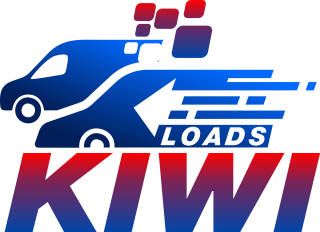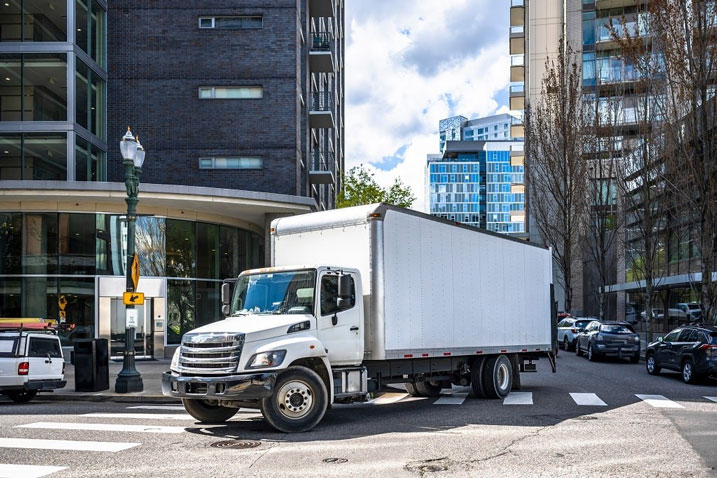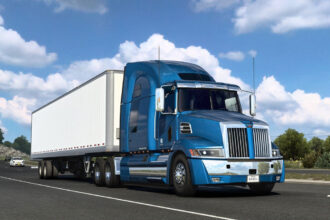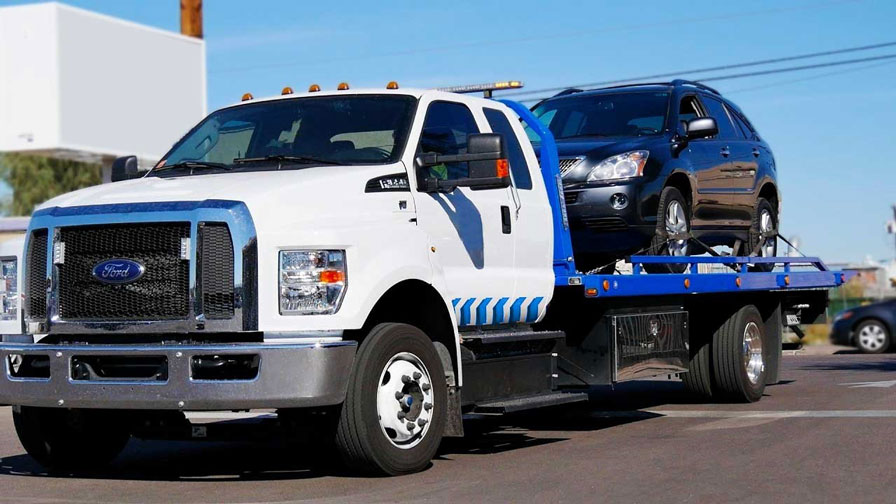Table of Contents
If you’re venturing into the world of straight truck delivery services, ensuring the protection of your business is paramount. Securing comprehensive business insurance tailored to the specific needs of your operation is a crucial step towards safeguarding your assets, employees, and the goods you transport.
From liability coverage to cargo insurance, navigating the realm of insurance options can seem daunting. However, with careful consideration and understanding of your business’s unique requirements, you can select the appropriate coverage to mitigate risks and ensure smooth operations. Congratulations! In this guide, you’re going to explore the key factors to consider and steps to take when obtaining business insurance for your straight truck delivery service.
How to Get Business Insurance for Straight Truck Delivery Service
1. Research Insurance Providers Specializing in Commercial Trucking Coverage
2. Assess Your Business’s Specific Insurance Needs
3. Obtain Quotes from Multiple Insurance Companies to Compare Coverage Options and Rates
4. Review Policy Details Carefully
5. Consider Additional Coverage Options
6. Ensure Compliance with Local, State, and Federal Regulations
7. Maintain Accurate Records and Documentation
8. Review and Update Your Insurance Coverage Regularly
1. Research Insurance Providers Specializing in Commercial Trucking Coverage
To get business insurance for straight truck delivery service, research insurance providers specializing in commercial trucking coverage. Focus on companies with a proven track record in the transportation industry. Look for insurers with experience catering to businesses similar to yours, as they’re likely to have tailored policies that address the specific risks associated with straight truck delivery operations.
Consider factors such as the insurer’s financial stability, customer service reputation, and coverage options designed to protect against common risks trucking businesses face, such as cargo damage, liability claims, and vehicle accidents. Additionally, seek out insurers with expertise in regulatory compliance, as navigating the complex legal requirements of the transportation industry is essential for ensuring your business remains in good standing.
2. Assess Your Business's Specific Insurance Needs
To receive business insurance for straight truck delivery service, assess your business’s specific insurance needs. Do a comprehensive evaluation of various factors that impact your straight truck delivery service.
This assessment typically includes considerations such as the value and nature of the cargo you transport, the geographical area and distance covered in your deliveries, the size and type of your delivery vehicles, as well as any additional services you offer, such as expedited or specialized deliveries.
Understanding these factors helps determine the appropriate types and levels of insurance coverage you require in order to adequately protect your business assets, mitigate potential risks, and ensure compliance with relevant regulations.
3. Obtain Quotes from Multiple Insurance Companies to Compare Coverage Options and Rates
To get business insurance for straight truck delivery service, obtain quotes from multiple insurance companies in order to compare coverage options and rates. This process allows you to compare coverage options and rates to ensure you get the best value for your specific needs. By requesting quotes from different providers, you can gain insight into the range of coverage available, including various deductibles, limits, and additional features.
Additionally, comparing rates ensures that you’re not overpaying for insurance, helping you to manage your business expenses effectively. Ultimately, obtaining quotes from multiple insurance companies empowers you to make an informed decision that aligns with your business objectives and budget constraints.
4. Review Policy Details Carefully
To adequately get business insurance for straight truck delivery service, review policy details carefully. Carefully examine coverage limits, deductibles, and exclusions to ensure they align with your business’s needs and potential risks. Scrutinize the terms and conditions of the policy, including any clauses related to cargo damage, liability coverage, and vehicle maintenance requirements. Additionally, verify if the policy provides coverage for scenarios such as theft, accidents, or natural disasters, and clarify any ambiguities with the insurance provider.
5. Consider Additional Coverage Options
To get business insurance for straight truck service, consider additional coverage options such as liability insurance, cargo insurance, and physical damage coverage. Liability insurance protects your business from financial losses in case of accidents where you’re deemed at fault, covering damages to third parties or their property. Cargo insurance provides coverage for the goods you transport, safeguarding against losses or damages during transit.
Physical damage coverage protects your truck itself, including repair costs from collisions, vandalism, or natural disasters. Each of these additional coverage options plays a vital role in ensuring comprehensive protection for your business assets and operations, offering peace of mind in the face of unforeseen events.
6. Ensure Compliance with Local, State, and Federal Regulations
To acquire business insurance for straight truck delivery service, ensure compliance with local, state, and federal regulations. This involves familiarizing yourself with the specific insurance requirements authorities governing commercial vehicle operations in your jurisdiction mandate. These regulations dictate minimum coverage limits for liability insurance, cargo insurance, and other types of coverage.
Additionally, certain regulatory bodies can require proof of insurance before granting operating licenses or permits for your delivery service.
>>>GET SMARTER: Freightliner vs DAF Trucks
7. Maintain Accurate Records and Documentation
To get business insurance for straight truck delivery service, maintain accurate records and documentation. Insurance providers often require detailed information about your business operations, vehicle maintenance records, driver qualifications, and past claims history. By keeping meticulous records, including vehicle maintenance logs, driver training certifications, and proof of compliance with safety regulations, you can streamline the insurance application process and demonstrate your commitment to risk management.
Additionally, thorough documentation can help expedite claims processing in the event of an accident or loss, ensuring a smoother experience for both you and your insurance provider.
8. Review and Update Your Insurance Coverage Regularly
To get business insurance for straight truck delivery service, review and update your insurance coverage regularly. As your business grows or diversifies its operations, your insurance needs may also shift.
Additionally, changes in regulations, market conditions, or the value of goods you transport can necessitate adjustments to your coverage levels or policy features.
You need to stay proactive and regularly assess your insurance requirements in order to avoid gaps in coverage, minimize potential liabilities, and maintain financial security for your business in the dynamic landscape of the trucking industry.
Recap
To effectively secure business insurance for your straight truck delivery service, begin by researching insurance providers specializing in commercial trucking coverage to ensure they understand the unique needs of your operation. Next, assess your business’s specific insurance requirements, considering factors such as cargo value and delivery distances. Obtain quotes from multiple insurance companies to compare coverage options and rates, allowing you to make an informed decision.
Carefully review policy details to ensure they align with your business needs and budget. Additionally, consider additional coverage options such as liability insurance and cargo insurance to provide comprehensive protection. Ensure compliance with local, state, and federal regulations regarding insurance requirements for commercial vehicles, and maintain accurate records and documentation to facilitate the insurance application process. Finally, regularly review and update your insurance coverage to adapt to changes in your business operations or regulations, ensuring continued protection.
















